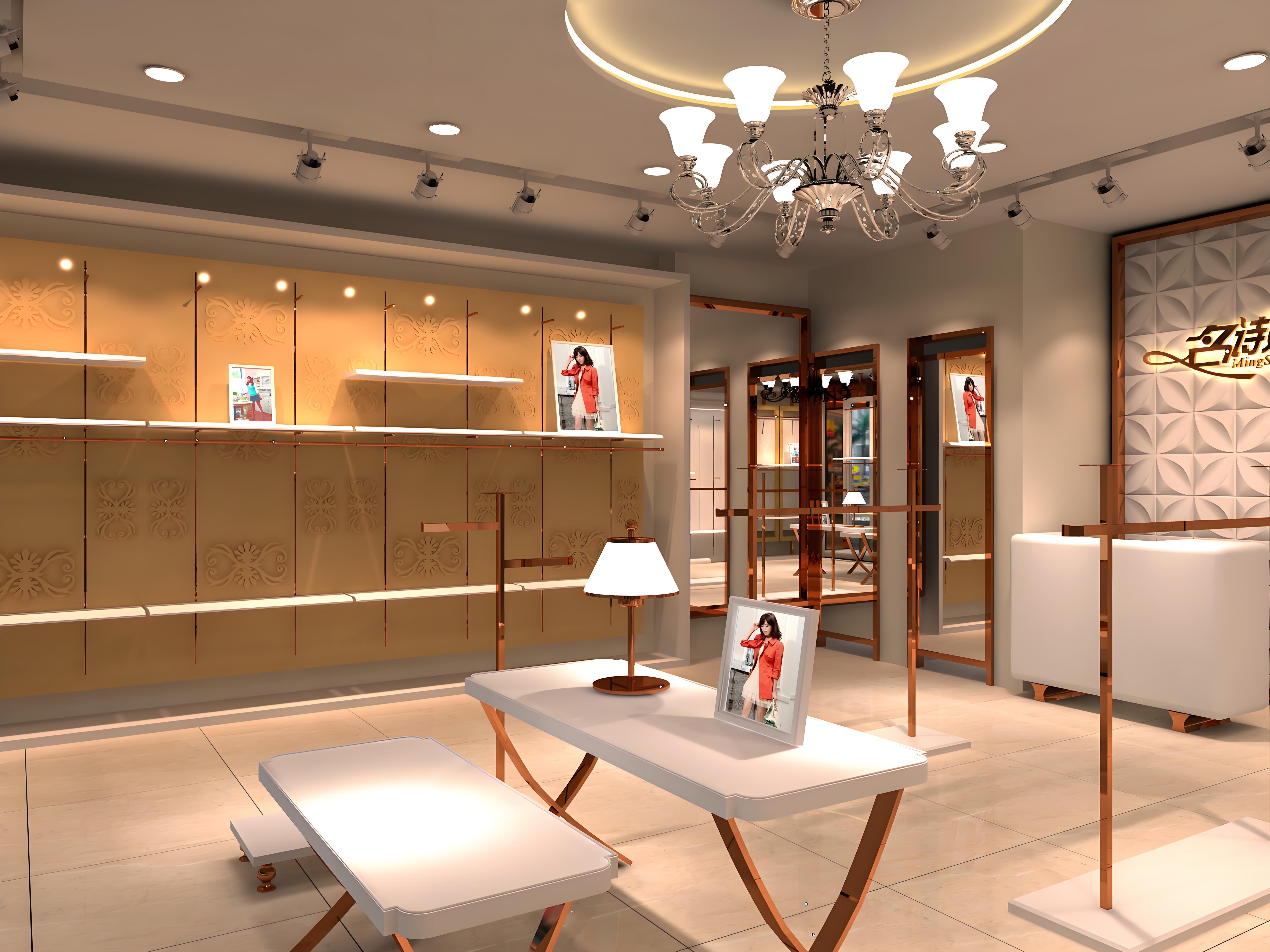Do you know the difference between shelves and display racks?
In the retail industry, shelves and display racks are two common display tools used to showcase products, yet they significantly differ in function, design, and display impact. This article delves into these distinctions to help you better understand and choose the appropriate display tools.
Functional Differences
a. Shelves are primarily used for storing and displaying merchandise, aimed at facilitating customer selection. They typically feature flat horizontal surfaces for orderly product placement, ensuring items are neatly arranged for easy customer access. Emphasizing practicality and efficiency, shelf designs focus on organized storage and display, enabling customers to quickly locate desired items.
b. Display racks are designed specifically for showcasing and highlighting certain products to attract customer attention. For instance, clothing racks are often utilized to promote new fashion items, special promotions, or featured products. To enhance visibility and appeal, clothing display racks are uniquely designed with elements like lighting, decorations, patterns, etc., to accentuate garment features and captivate customers' interest.

Design Differences
a. Shelf designs are generally simpler and utilitarian, prioritizing efficient product storage and organization. They often feature standard straight-line shapes to maximize storage space and operational efficiency. Shelves come in various materials such as metal, wood, or plastic, designed for durability and easy maintenance. Their layout tends to be orderly and systematic, aiming to utilize space effectively and facilitate browsing and purchasing.
b. In contrast, display rack designs focus on attracting attention and enhancing product image. They may adopt distinctive shapes, materials, and colors, complemented by additional decorative elements like lighting, patterns, signage, etc. For instance, a fashion brand's clothing racks might incorporate model-like forms, elegant curves, and bright LED lighting to highlight garment texture and design details. Display racks often feature creative designs with visual impact, aimed at spotlighting specific products and encouraging customer engagement. Materials used for clothing racks can vary widely, including glass, acrylic, or metal, to enhance the display effect.

Display Effect Differences
a. The primary goal of shelves is efficient product display and storage, facilitating easy browsing and selection for customers. Shelves are typically arranged in a structured layout to maximize the display of product quantity and variety. Through strategic shelving, retailers optimize product placement to enhance sales efficiency.
b. Display racks prioritize showcasing specific products within limited space. For example, clothing racks may utilize various display techniques such as tiered arrangements, angled placements, or highlighting key items to attract attention and emphasize product features. Display racks often achieve impactful and attractive displays, effectively boosting exposure and sales for specific merchandise.

In summary, shelves and display racks differ significantly in function, design, and display impact. Shelves emphasize practicality and efficiency as primary tools for product storage and display, whereas display racks focus on visual appeal and attention-grabbing displays tailored to promote specific products. Retailers can flexibly choose between shelves and display racks based on their specific needs to achieve optimal display effects and sales performance.





